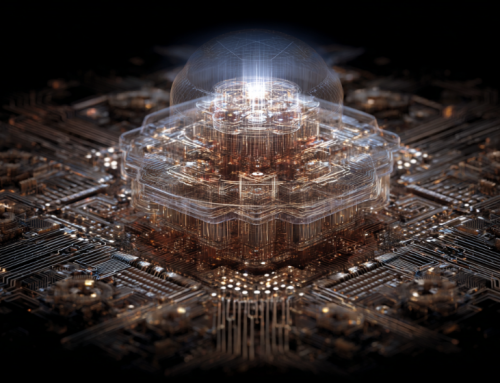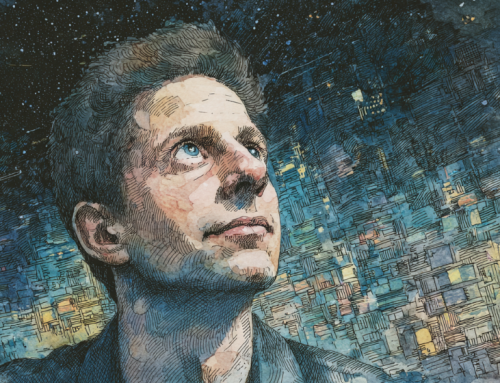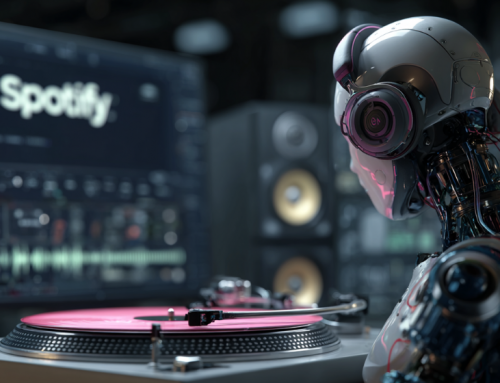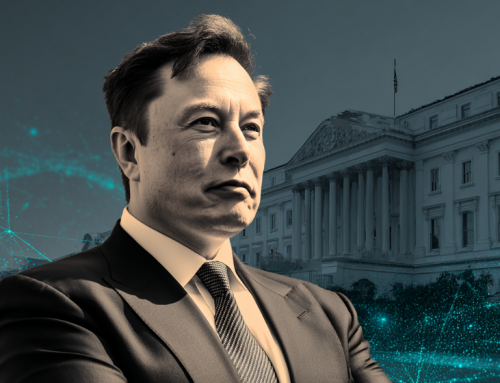
NVIDIA’s new Jetson Thor robotics computer delivers 7.5x more AI power than its predecessor, enabling robots to process sensor data in real time and tackle complex, unpredictable environments—though experts note reasoning, memory, and world modeling are still needed to achieve true autonomy. (Source: Image by RR)
New Chip Provides 2,070 Teraflops of On-Device Computing Power
NVIDIA has unveiled Jetson Thor, a new robotics computer that delivers a staggering 7.5x performance boost over its predecessor, giving robots server-level intelligence directly on-device. Capable of 2,070 teraflops of AI computing power, Thor enables robots to process inputs from multiple sensors—cameras, radar, touch—in real-time without relying on cloud connections. This leap, as noted in the neurondaily.com, means robots can now adapt to unpredictable environments, making them better suited for tasks in warehouses, hospitals, disaster zones and city streets.
Early adopters include some of the biggest names in robotics. Agility Robotics is equipping its warehouse bot Digit with Thor for faster, safer handling of boxes. Boston Dynamics is adding it to the humanoid Atlas, giving the backflipping robot compute power once reserved for data centers. Research labs at Stanford, Carnegie Mellon, and the University of Zurich are also using Thor for applications ranging from medical triage to search-and-rescue. With more than 2 million developers already building on NVIDIA’s robotics platform, Thor could accelerate innovation across the sector.
The performance comes at a cost. NVIDIA’s Jetson Thor developer kit is priced at $3,499, while production modules sell for $2,999 in bulk orders—making them more expensive than most laptops. But the investment may pay off: by enabling robots to handle “dirty, dangerous, and dull” tasks autonomously, companies can reduce labor risks and improve efficiency. Firms like Figure AI are already showcasing humanoid robots that can fold towels and navigate cluttered environments, demonstrations powered in part by Jetson technology.
Still, hardware alone won’t unlock human-level intelligence. Experts highlight that robots also need reasoning benchmarks, persistent memory, and generative world modeling to handle unfamiliar scenarios. Projects like ARC-AGI-3, Letta’s open-source AI “memories,” and Skywork’s generative Matrix Game 2.0 aim to complement Thor’s processing muscle. Combined, these elements could allow robots not just to react, but to anticipate, remember, and adapt—pushing robotics closer to true autonomy. Thor is a critical step, but the broader puzzle of embodied AI is still being assembled.
read more at theneurondaily.com







Leave A Comment